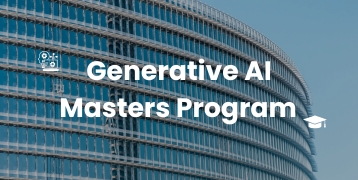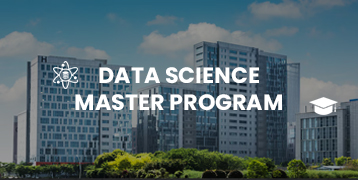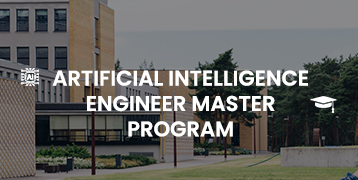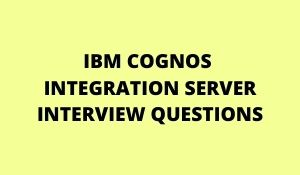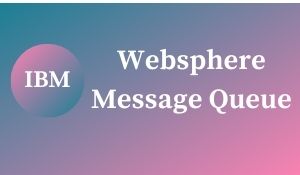
AWS DevOps Tutorial for Beginners
AWS provides a set of fluctuating services designed to enable companies to more rapidly and reliably build and deliver products using AWS and DevOps practices. These services simplify provisioning and managing infrastructure, deploying application code, automating software release processes, and monitoring your application and infrastructure performance.
AWS DevOps Tutorial for Beginners List of Topics to Learn
Introduction to Amazon Web Service (AWS)
Why DevOps is used
The life cycle of DevOps
Why is DevOps needed
DevOps Automation Tools
What is the future of DevOps
Introduction of DevOps and how it works
In Traditional software development, after completing the development part, the code deployment time was high. And many times, we heard the frequent fights between the Development Team and Operations Team or deployment team that it works fine on our system, it’s the sever causing problem and operation team defenses it’s not your server it’s your code, Right? Well, DevOps solves the Traditional Dev and Ops fights by cracking the wall of confusion.
DevOps
DevOps is the Collaboration of Development and Operation’s it’s a Union of Process, People and Working Product that enable continuous integration and continuous delivery of value to our end users. DevOps accelerate the process to deliver software services and applications at high speed and high velocity. So that organization can learn and adopt the market at its earliest. Also, it is minimizing the risk factor by continuously delivering and getting end-users and stakeholder’s feedback at the early stages.
How DevOps work
DevOps is the practice of operations and development engineers that work together in the entire project lifecycle, from the design and development process to product releases and support.
Starting from design and development to testing automation and from continuous integration to continuous delivery, the team works together to attain the desired goal. People having both development and operations skill sets working together and use various tools for CI-CD and Monitoring to respond quickly to customer’s needs and fix issues and bugs.
Introduction to AWS
Amazon Web Services is an ‘Amazon.com‘ subsidiary that offers cloud-computing services at very affordable rates, therefore making its customer base strong from small-scale companies like Pinterest to big enterprises like D-Link.
| Learn more information from the GoLogica “AWS DevOps Engineer Certification Training“ |
Cloud Computing
It is the use of remote servers on the internet to store and process data rather than a local server or personal computer.
There are 3 categories in cloud computing:
- Infrastructure as a service (IaaS)
- Platform as a Service (PaaS)
- Software as a Service (SaaS)
AWS DevOps
AWS is one of the best cloud service providers and DevOps, on the other hand, is the ‘need of the hour’ implementation of the software development lifecycle. These reasons make AWS DevOps a highly popular amalgamation.
AWS CloudFormation
DevOps teams are required to create and release cloud instances and services more usually than traditional development teams. AWS CloudFormation enables you to do just that. ‘Templates’ of AWS resources like EC2 instances, ECS containers, and S3 storage buckets let you set up the whole stack without you having to bring everything together yourself.
AWS CloudWatch
This monitoring tool lets you track each resource that AWS has to offer. Plus it makes it very easy to use third-party tools for monitoring like Sumo Logic etc
Why DevOps is used
DevOps allows Agile Development Teams to apply Continuous Integration and Continuous Delivery. This helps them to launch products faster into the market and Other Important reasons are:
- Predictability
- Reproducibility
- Maintainability
- Time to market
- Greater Quality
- Reduced Risk
- Resiliency
- Cost Efficiency
- Breaks larger code base into small pieces
Life Cycle of DevOps

DevOps is a deep collaboration between development and operations. DevOps is not possible to understand without knowing the DevOps lifecycle.
Here is the information about the DevOps life-cycle:
- Development
- Testing
- Integration
- Deployment
- Monitoring
Why is DevOps Needed?
Before DevOps, the development and operation team worked in complete remoteness.
Testing and Deployment were hidden activities done after design-build. Hence they consumed more time else actual build cycles.
Without using DevOps, team members are spending a large amount of their time in testing, deploying, and designing rather than building the project.
Manual code deployment leads to human bugs in production
Coding & operation teams have their separate timelines and are not in sync to make further delays.
There is a demand to enhance the rate of software delivery by business stakeholders. As per Forrester Consulting Study, only 17% of teams can use fast enough delivery software, this proves the pain point.
DevOps Automation Tools
It is important to automate all the testing processes and configure them to achieve speed and agility. This process is known as DevOps automation.
The difficulty faced in large DevOps Teams that maintain large IT infrastructure can be classified briefly into six different categories.
Let’s see some tools in each of these categories
- Infrastructure Automation: Amazon Web Services (AWS)
- Configuration Management: Chef
- Deployment Automation: Jenkins
- Log Management: Splunk
- Performance Management: App Dynamic
- Monitoring: Nagios
Future of DevOps
They are lots of Change likely to happen in the DevOps world some most prominent are:
The need for Organizations is shifting to weeks and months instead of years.
We will see soon that DevOps engineers have more access and control of the end-user than any other person in the business.
DevOps skill is becoming valued for IT people. For example, a survey conducted by Linux hiring found that 25% of respondent’s job seeker is DevOps Company.
DevOps and continuous delivery are here to stay. Therefore companies need to change as they have no choice but to elaborate. However, mainstreaming the notion of DevOps will take 5 to 10 years.
if you AWS DevOps Tutorial for Beginners give your feedback!!!!
Related Courses
🎯 Updated AWS DataWarehousing Interview Questions
🎯 AWS Solution Architect Interview Questions Updated 2025
🎯 Amazon Web Services(AWS) Interview Questions and Answers
🎯 AWS DevOps Tutorial
🎯 Amazon Web Services (AWS) Tutorial for Beginners



